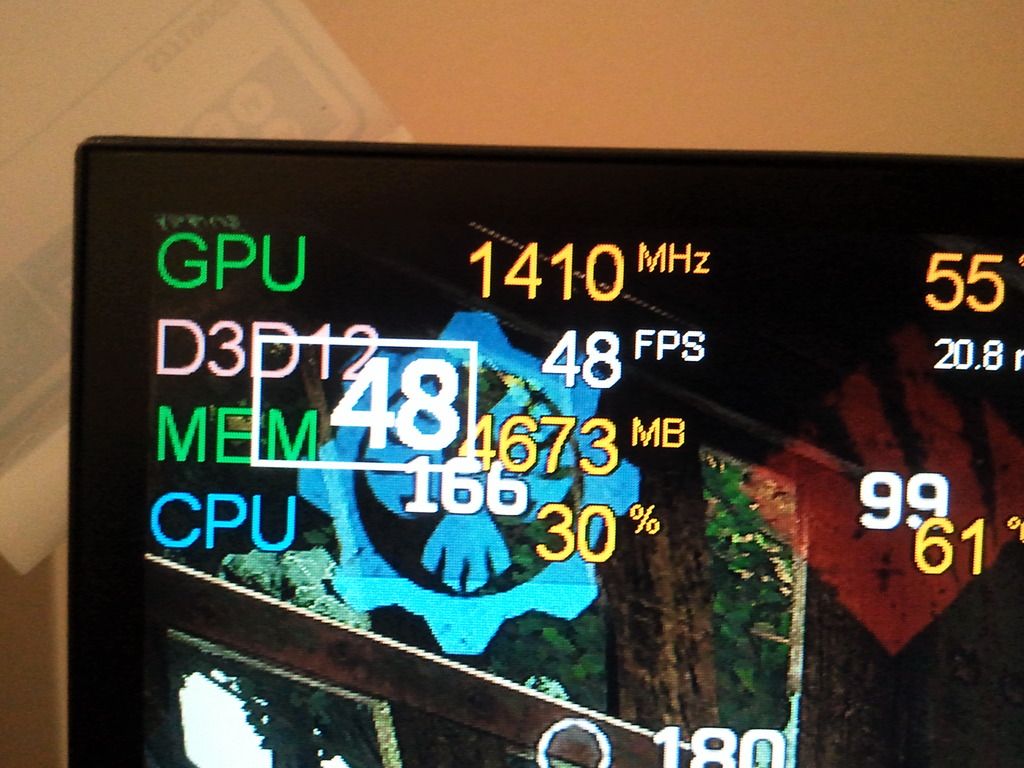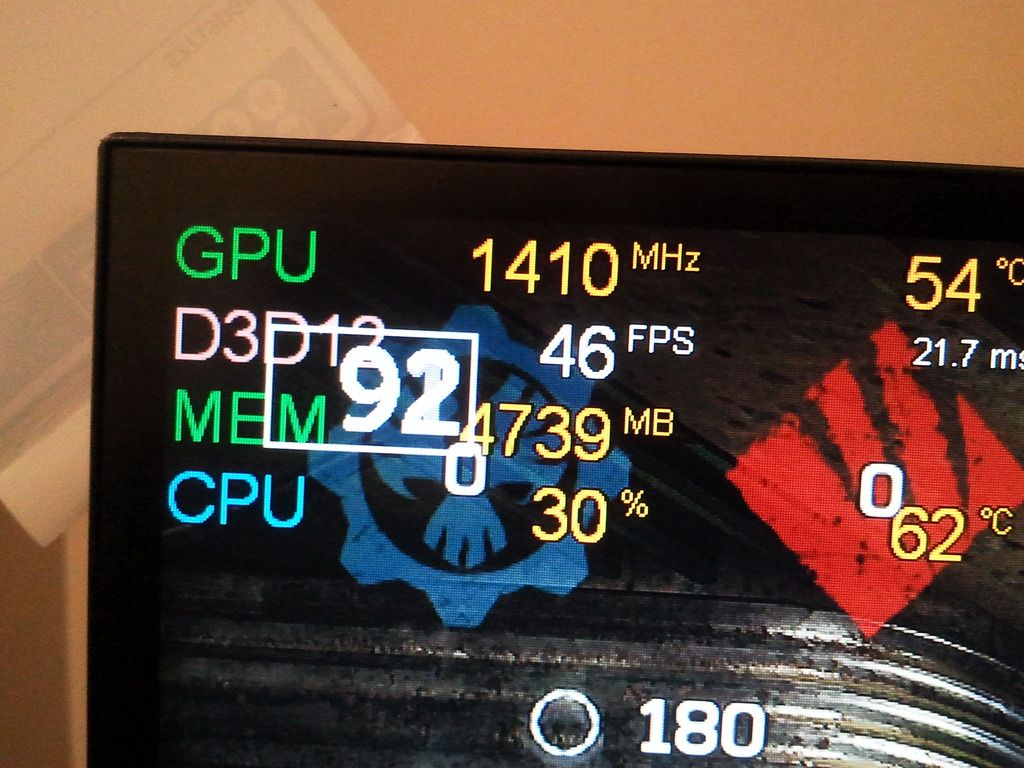Thanks efish.
Will not bother with RTSS just now then as the monitor is working fine. Have tested it with the Pendulum demo and that seems ok and games that i am playing at the moment are running great.
Can't find this "dells frame rate timer" though. is this a part of the OSD or is it software to download?
Will not bother with RTSS just now then as the monitor is working fine. Have tested it with the Pendulum demo and that seems ok and games that i am playing at the moment are running great.
Can't find this "dells frame rate timer" though. is this a part of the OSD or is it software to download?



 hope you like it. picked a good time too as it went back down to £350.
hope you like it. picked a good time too as it went back down to £350.

